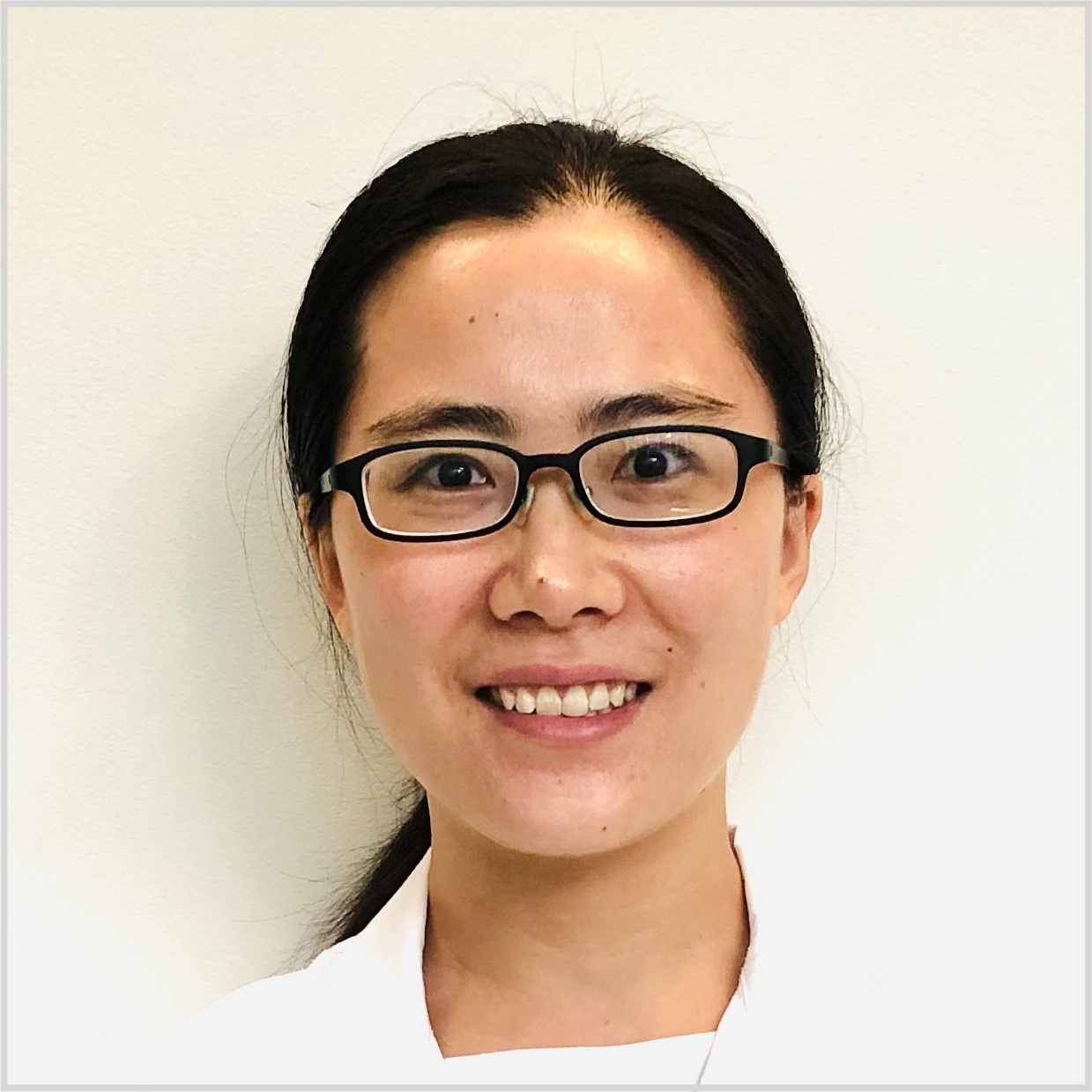
Mentor: Dr. Paul Yu
I received my PhD degree from the Department of Biochemistry and Molecular Biology, Peking Union Medical College & Tsinghua University in January 2016. In my graduate study in the laboratory of Dr. Chengyu Jiang, I verified the key role of C-X-C motif chemokine 10 (CXCL-10) and its downstream signaling pathways (PI3K/AKT and JNK/MAPK) in influenza virus-induced acute lung injury (ALI). I also demonstrated that monoclonal antibody against CXCL-10 can significantly ameliorate influenza virus-induced ALI in murine models. In another study, I characterized pathogenic microRNAs in the Ebola virus glycoprotein-induced vascular endothelial lesion.
Then I moved to Boston in 2016 and pursued postdoctoral study with Dr. Jesse David Roberts Jr. in Cardiovascular Research Center, MGH. I identified that TGF-β regulates lysyl oxidase (LOX) expression at a transcriptional level via canonical Smad2/3-dependent mechanisms and promoter stimulation. We collaborated with Dr. Howard Chen and determined that this LOX stimulation increases aldehyde levels in the lung in a manner that can be detected using an aldehyde-binding molecular probe. Also, in a human fetal lung fibroblast cell line (IMR-90) and primary mouse pup peripheral lung fibroblasts, I determined that physiologic levels of IL-1β rapidly decrease the expression of α 1-subunit of soluble guanylyl cyclase at a transcriptional level via the IL-1β/TAK1/IKK/NF-κB signaling. I demonstrated the in vivo relevance of the results using a transgenic newborn mouse model offered by Dr. Kristina Bry, in which active IL-1β was conditionally expressed in lung epithelial cells. This study detailed a new mechanism of cGMP signaling regulation in newborn lung injury.
To broaden my knowledge in the role of TGF-β family members in pulmonary vascular remodeling and diseases, I have joined Dr. Paul Yu’s laboratory in 2021. I am interested in testing the efficacy of the recombinant traps of TGF-β family ligands in treating pulmonary arterial hypertension (PAH). Also, I am very much interested in characterizing novel cellular and molecular mechanisms and therapeutic targets of PAH using single-cell RNA sequencing technology and the explanted lungs from patients with PAH undergoing lung transplantation. I wish my work in Dr. Paul Yu’s lab would gain the potential to transform and contribute to the unmet clinical needs.
